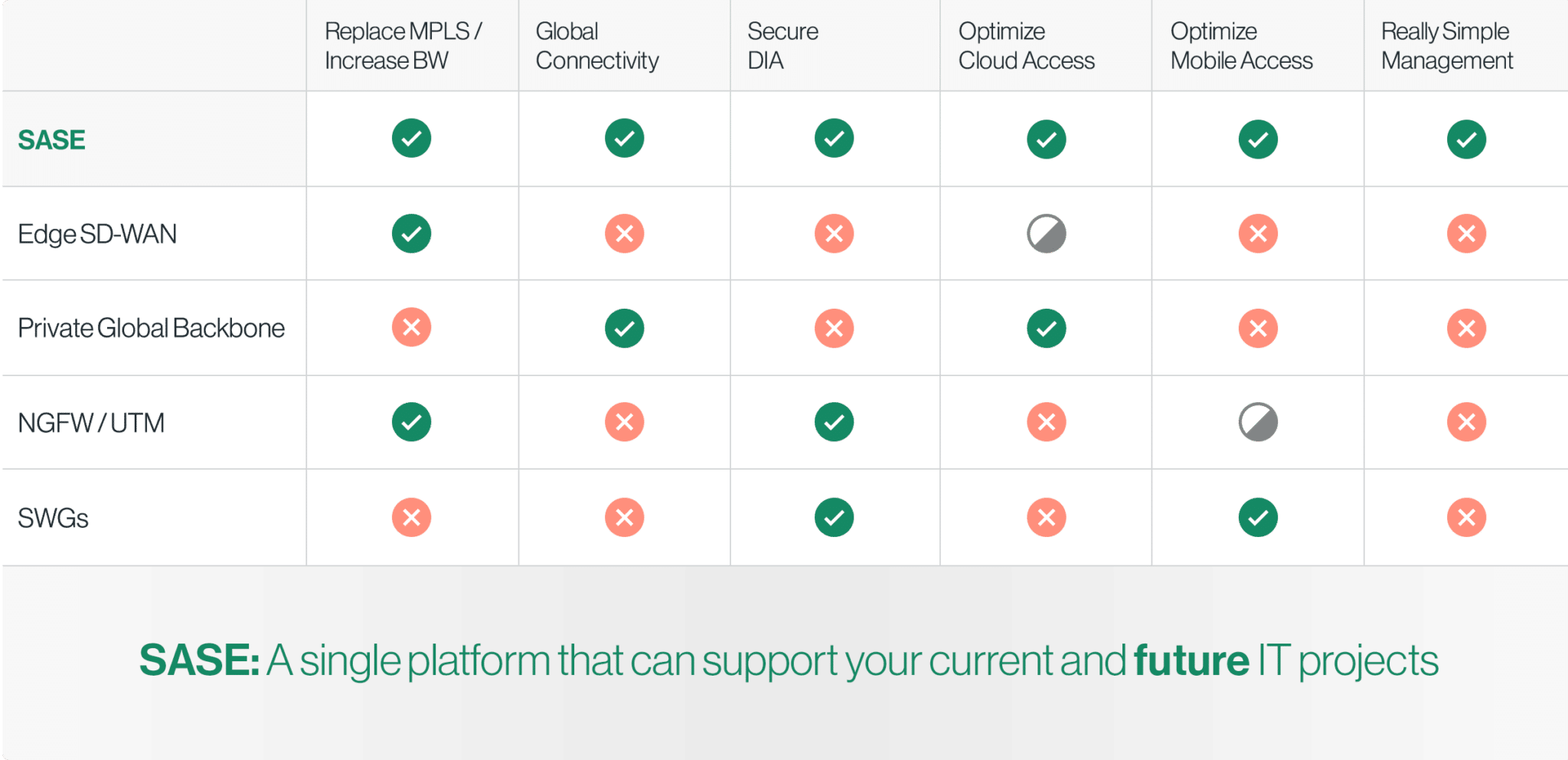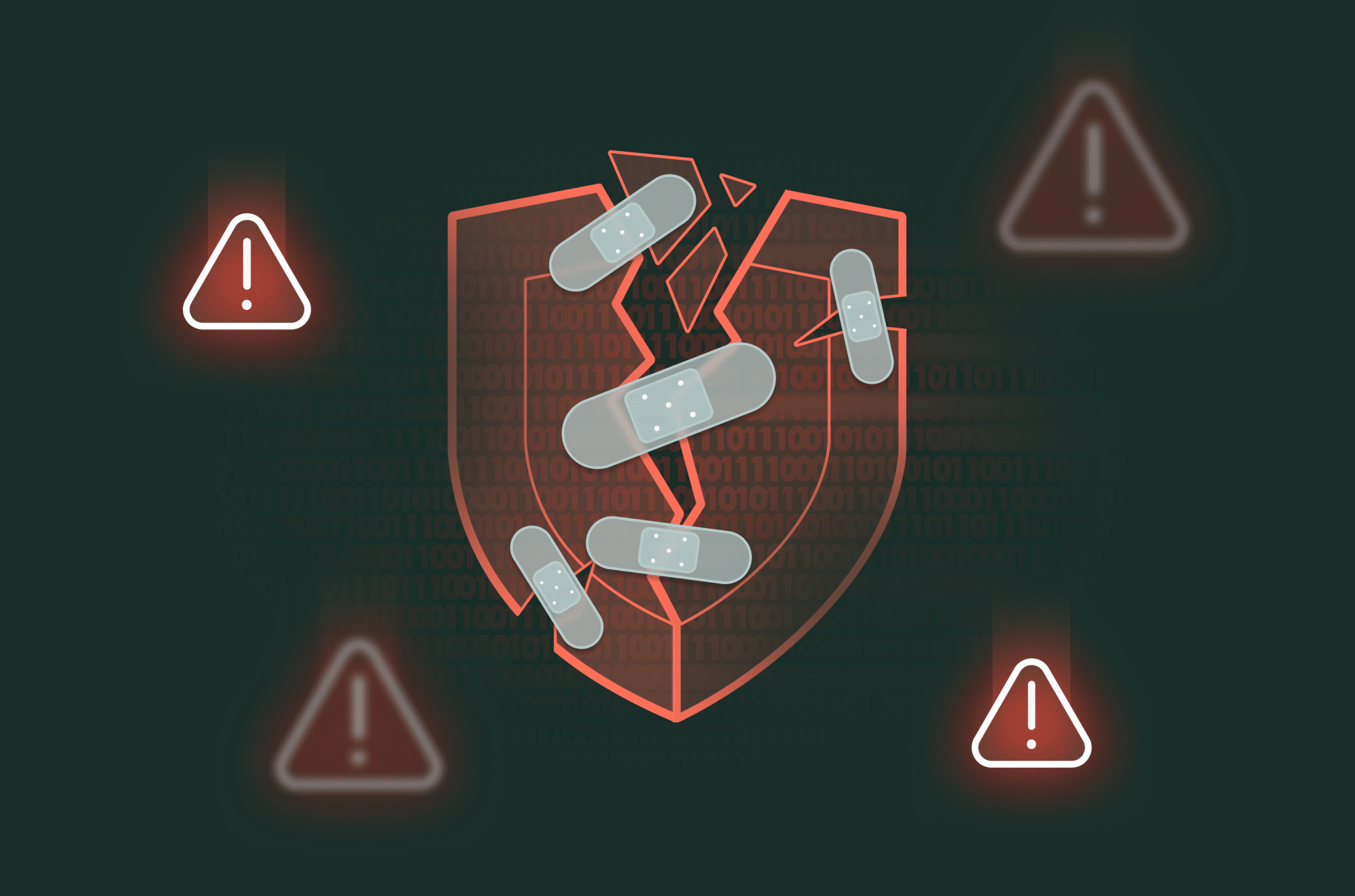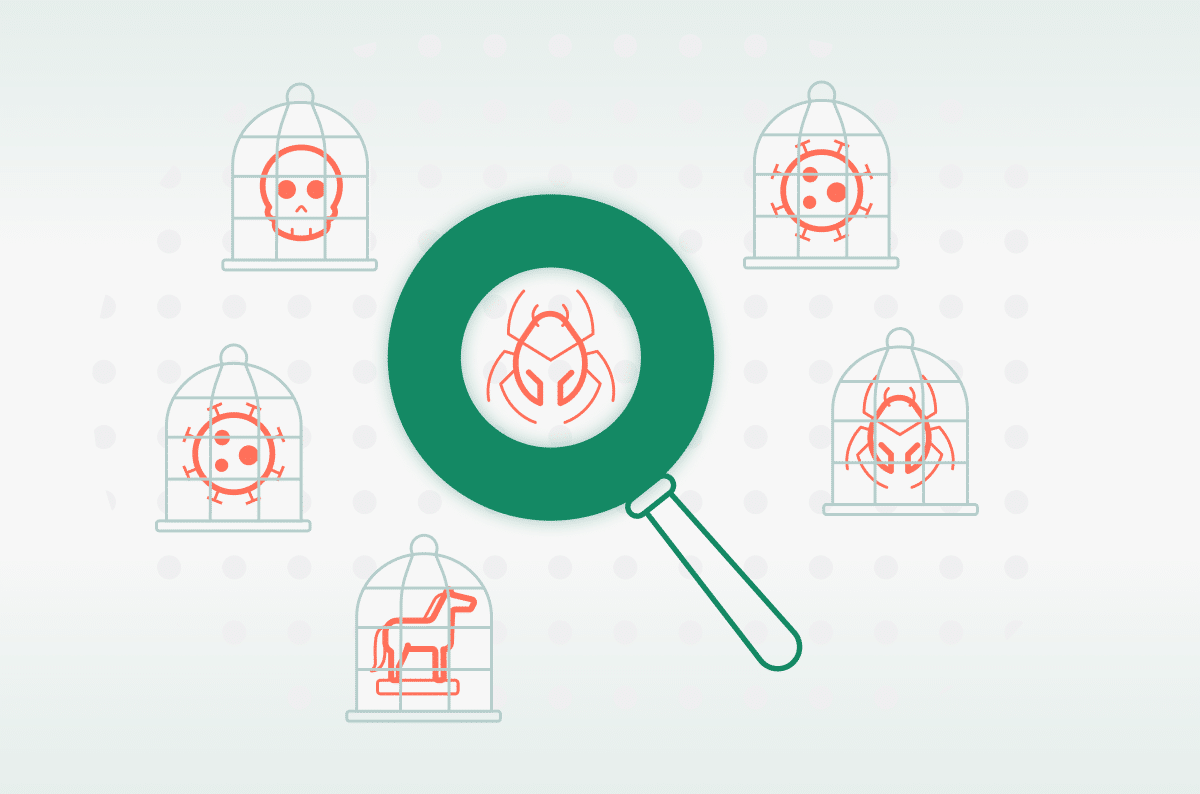SASE and WAN Transformation – A Strategic Duo

|
Listen to post:
Getting your Trinity Audio player ready...
|
Modern enterprises are going through challenging times. Increasing price competition, customer expectations for a seamless buying experience, instant delivery – altogether require a business that operates at optimal reliability and efficiency. At the same time, the business must be very agile to quickly adapt to market dynamics. Those business requirements are dependent on having a network and IT infrastructure that is just as agile and dynamic as the business itself.
Businesses must keep their momentum and expect IT to enable their progress. Whether it’s a merger with or acquisition of a competitor, a global expansion, or even the need to quickly open new offices, sites or stores – IT is expected to support it all in significantly shorter delivery times than ever before.
The past, the present, and the alternative future
IT teams have a long tradition of solving point problems with point solutions. A modus operandi fit for old days when there just wasn’t any good and unified alternative. Take global expansion as an example: The business is expanding to Europe. IT now need to connect the new European branches to the company’s applications in the US with guaranteed performance and availability, and without compromising on security. This would translate into multiple projects: negotiate MPLS contracts for global connectivity, deploy WAN optimization to improve the overseas application performance, connect offices with local Internet breakout, and secure each office with UTMs or SWGs.
There is an alternative approach to such scenarios, and it is called a Secure Access Service Edge, or ‘SASE’ in short. A SASE platform converges all the network and network security capabilities, typically deployed as point products, into a unified and globally distributed cloud service. SASE eliminates the need to search, evaluate, procure, integrate and maintain multiple point products needed to keep the business going.
SASE not only addresses the current challenges IT teams face with the exhausting management of multiple point product, but it also addresses the uncertainties of the future. Provided as a cloud-native service, a SASE platform can adapt to new networking and security requirements, future-proofing the IT infrastructure that is supporting the digital business.
The future looks brighter with SASE
Let’s revisit the global expansion example from the perspective of an IT team that is already using a SASE platform. The need to connect the new European offices to the applications located in the US reliably is addressed by the SASE’s global private backbone which provides an MPLS alternative. The SASE’s built-in WAN optimization capabilities ensure application performance is not degraded by long distance latency and limited bandwidth of oversees MPLS connections. Security is already in place and is enforced as soon as the new European sites are online and connected to the SASE cloud. What this means for IT is that all they need to do to support such a business expansion to Europe is to subscribe to a local Internet service — that’s it.
So let’s compare the old way with the new. In a pre-SASE world, a global expansion project will require the procurement of multiple services (MPLS, local internet) and multiple products (WAN optimization, security, etc.), wherein a SASE world, the only requirements are just one or two Internet circuits for each office. Being an all-in-one platform, SASE also eliminates the repetitive evaluation, procurement, and integration cycles of point products significantly reducing overall project times.
SASE gets you ready for whatever’s next
IT primary responsibility is enabling the business to pursue new opportunities. M&A, cloud migration, global expansion, mobility, or the rapid deployment of new locations all play out in almost every organization.
Traditionally with each project, you would have to choose the solutions to build the infrastructure to support it. It can be Edge SD-WAN to overcome your MPLS limitations, a private global backbone to connect your remote branches, NGFWs , UTMs and SWGs to secure branches with direct internet access, and access and optimization solutions for your clouds and mobile workforce.
Looking at the following table shows that if you choose a SASE platform – all of those IT infrastructure projects will simply go away:

IT teams that lead and execute WAN transformation need to carefully choose the architecture they select to support both current and future needs of the business they serve. The power of a SASE platform as a future-proofing architecture is clear, as it is it only way IT teams can support the efficiency and agility requirements of modern and competitive businesses with an equally efficient and agile IT infrastructure.














